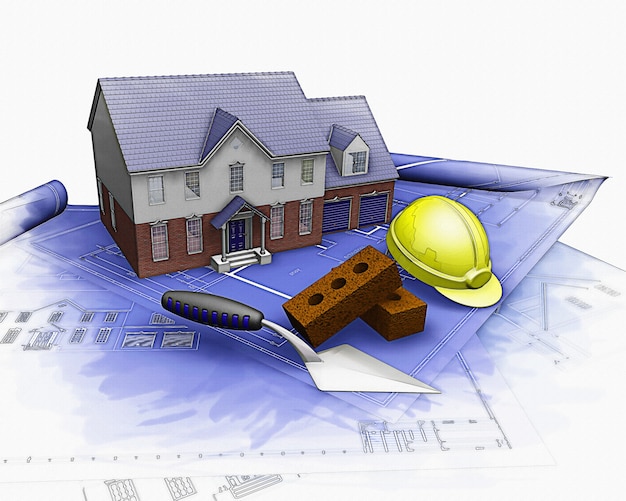Introduction: How Licensed Structural Engineers Ensure the Strength and Stability of Modern Structures
Every building, bridge, and infrastructure project relies on licensed structural engineers to ensure its strength, durability, and safety. These professionals use their expertise in physics, mathematics, and material science to design structures that can withstand external forces such as wind, earthquakes, and heavy loads.
A certified structural engineer plays a key role in planning and executing construction projects, ensuring that buildings comply with engineering standards and safety regulations. Without their technical knowledge, structures may face issues such as foundation failure, excessive stress, or even collapse.
The Responsibilities of Licensed Structural Engineers in Construction and Infrastructure Development
A licensed structural engineer is involved in every phase of a construction project, from initial planning to final inspection. Their work ensures that buildings are designed to be safe, functional, and compliant with industry standards.
Key Roles and Responsibilities of a Licensed Structural Engineer
- Structural Design and Load Analysis
- Calculating how forces such as gravity, wind, and seismic activity will affect the structure.
- Designing support systems, including beams, columns, and foundations, to maintain stability.
- Material Selection and Testing
- Choosing the right materials, such as steel, concrete, or wood, to meet durability requirements.
- Conducting stress tests to evaluate material performance under different conditions.
- Regulatory Compliance and Safety Standards
- Ensuring that designs meet local and national building codes.
- Preparing structural reports and engineering documents for approval by regulatory authorities.
- Construction Supervision and Quality Control
- Monitoring construction progress to ensure that structures are built according to design specifications.
- Identifying potential risks and implementing corrective measures to maintain structural integrity.
A certified structural engineer ensures that every aspect of a building’s structure is optimized for safety and longevity.

Why Hiring a Licensed Structural Engineer is Essential for Any Construction Project
Whether constructing a small residential home or a large commercial skyscraper, the expertise of licensed structural engineers is indispensable. Their knowledge helps prevent costly construction mistakes and ensures that structures meet modern safety standards.
Advantages of Working with a Licensed Structural Engineer
- Prevention of Structural Failures: Proper engineering calculations reduce the risk of weak foundations and unstable frameworks.
- Enhanced Safety for Occupants: A well-designed structure minimizes the dangers posed by environmental forces and heavy loads.
- Cost-Effective and Efficient Designs: Optimized material selection and design planning help reduce waste and improve efficiency.
- Long-Term Durability and Maintenance Reduction: Well-planned structures require fewer repairs and maintenance over time.
By ensuring stability and functionality, a certified structural engineer helps create buildings that are both efficient and sustainable.
Innovative Trends and Technological Advancements in Structural Engineering
Structural engineering is continuously evolving with advancements in technology and materials. Some of the latest trends include:
- Artificial Intelligence in Structural Design: AI-powered simulations help engineers predict stress points and optimize designs.
- Use of Sustainable Materials: Innovations like self-healing concrete and carbon fiber reinforcements improve longevity while reducing environmental impact.
- Smart Structural Monitoring Systems: Sensors embedded in buildings detect stress, temperature changes, and movement to prevent potential failures.
- Seismic-Resistant Building Techniques: New engineering solutions help structures withstand earthquakes and extreme weather conditions.
These advancements allow licensed structural engineers to design safer, more resilient, and environmentally friendly buildings.
Conclusion: The Future of Licensed Structural Engineers in Modern Construction
As cities expand and infrastructure grows, the need for licensed structural engineers becomes increasingly important. Their expertise ensures that buildings are constructed to the highest safety standards, protecting lives and investments.
The role of certified structural engineers will continue to evolve as new materials, technologies, and sustainability practices shape the future of construction. By staying ahead of engineering advancements, these professionals will help create a built environment that is stronger, smarter, and more sustainable for future generations.
For any construction project, the involvement of a licensed structural engineer is essential to ensure long-term stability, efficiency, and safety.

